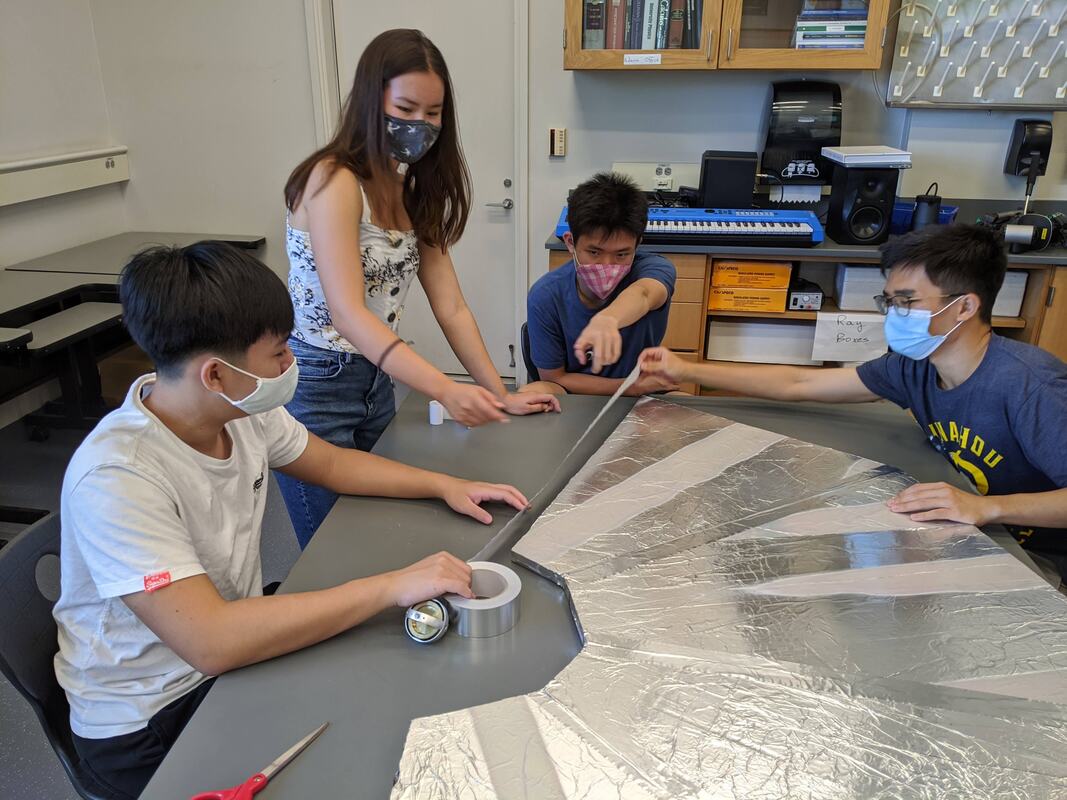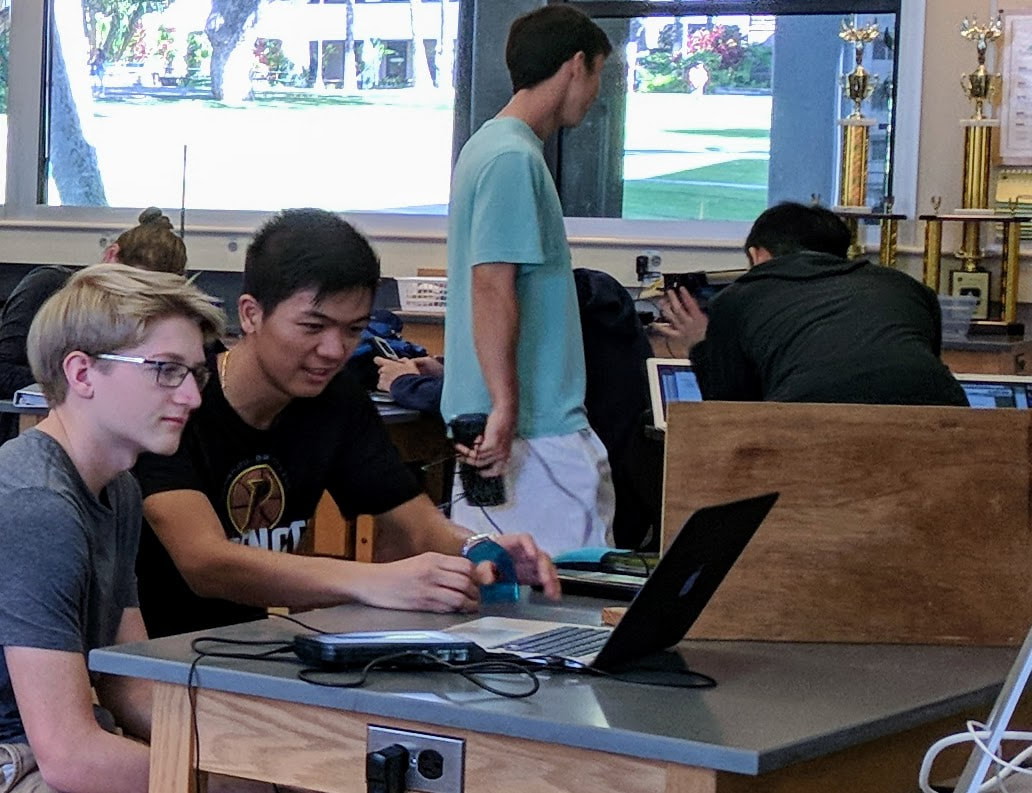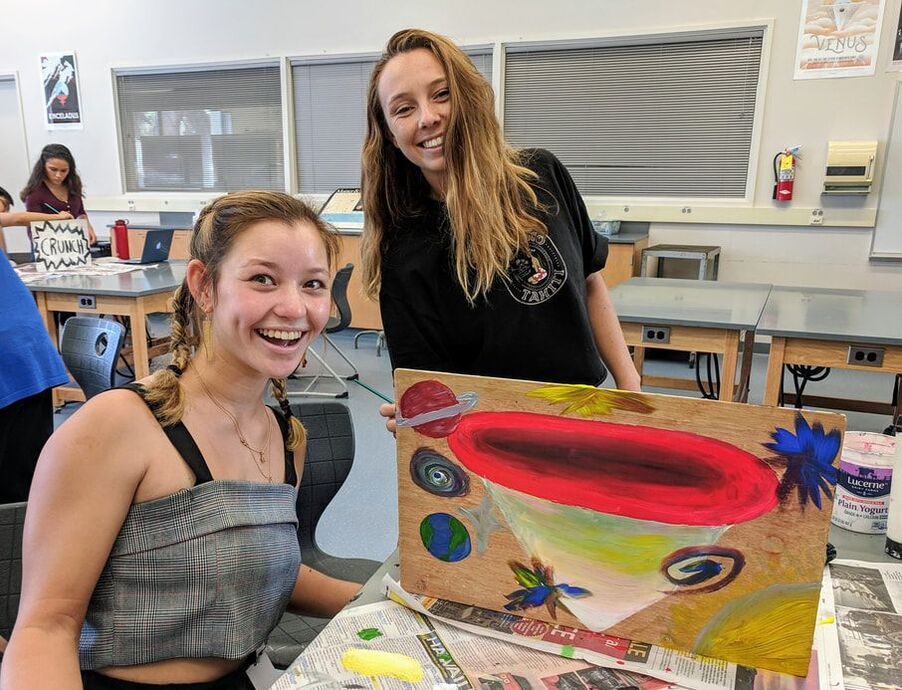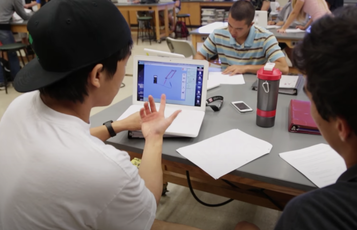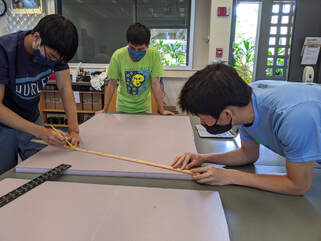Foundational Research
Peer InstructionConfessions of a Converted Lecturer (video)
Perceptions of Students in Peer Instruction (open access paper) Summary: students interact with each other in learning content, wrestling particularly with common misconceptions and developing understanding through a nourishing dialogue. Class is active, students are engaged the entire time they are in physics with thinking, testing out ideas and sharing understanding with each other. |
Tutorial Content DeliveryOrigination with Punahou teacher Mike Gearen (video)
Punahou alum rewrites his college level physics labs to be tutorial based, like the Punahou physics program. Quote from former student Jackson Saunders "`What we find is that when the focus is placed on that peer-to-peer interaction, students tend to learn better…they learn more and they learn it more in depth,` said Saunders." Reinventing Physics Education (example from UCF similar to Punahou approach) Summary: content is built from first principles, allowing students to deconstruct common misconceptions and rebuild understanding on top of a new foundation. |
Active LearningWhy No Lecture? (NPR article)
Don't Lecture Me! (American Public Media, series of podcasts) Other sciences are embracing active learning Nature article, full access granted Quotes from the above article: "We find up to 20% better grades over usual methods” “At this point it is unethical to teach any other way” Math education is moving toward active learning and less/no lecture as well. The Thinking Classroom podcast |
Common Questions
|
Is this really better and how do you know?
Direct comparison of interactive engagement vs. traditional physics teaching (research paper, full access granted) What if students are too frustrated to learn? Confuse students to help them (Chronicle of Higher Learning, paywall) Better to be frustrated than bored (full abstract, rest of article has a paywall) What if I learn better through lectures? Students think lectures are best but research suggests they're wrong "students prefer low-effort learning strategies—like listening to lectures—despite doing better with active learning" (original research article the above is based on) |
I have many questions about the basics of this approach, how we know they work, why this is used if some students don't enjoy it, etc.
- PhysPort is the starting point for learning more about physics education research and they have a curated list of FAQs here. How can students be successful with such a different style of learning? - Punahou alumni have offered excellent advice for their younger peers, read through their comments here. What about grades and AP scores? - This poster from a 2019 talk that Punahou physics teachers gave at a national physics education conference shows the average student scores for AP Physics rising after implementing this method. |
All photos courtesy of Tiffany Coke
